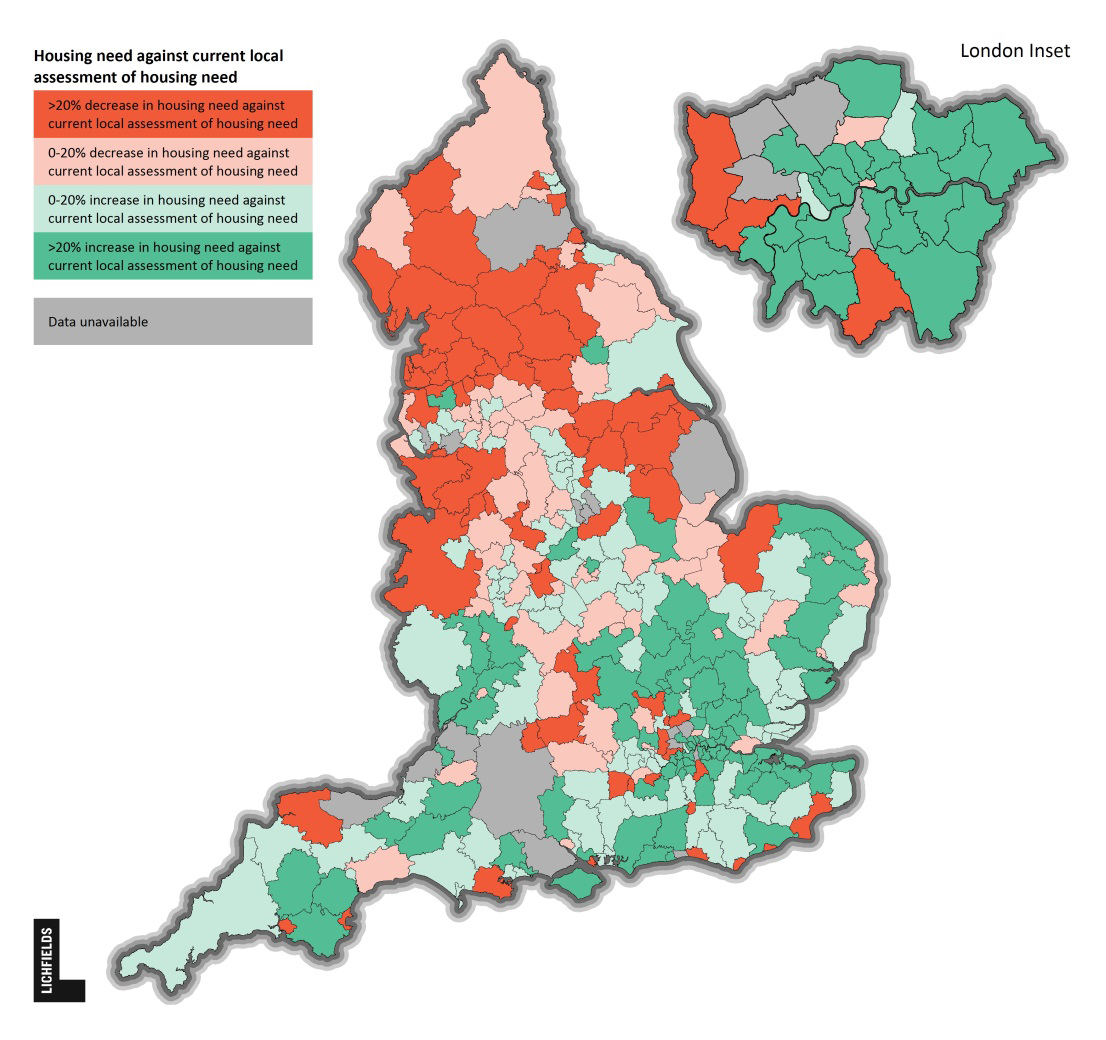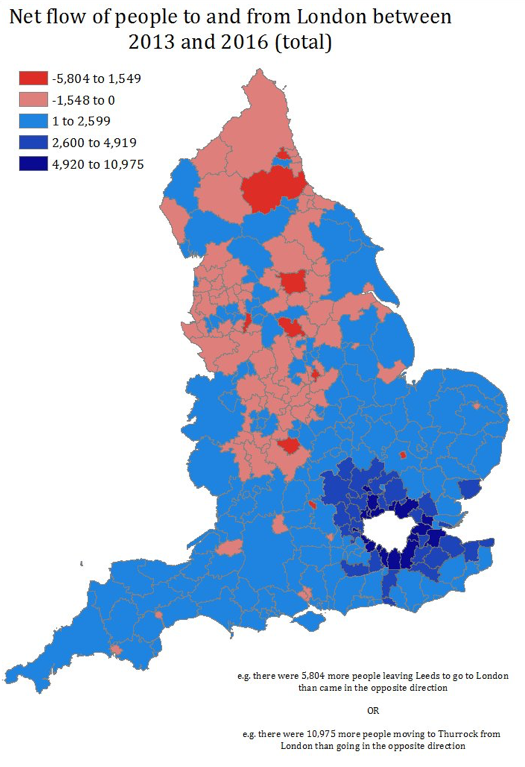As the initial flurry of analysis of the implications of the Government’s ‘Planning for the right homes in the right places: consultation proposals’
[1] settles, there is time to review the content of the proposals and digest what it might mean for the north and more specifically to the north east – my particular area of interest being based in the North East.
When a Council prepares a new Local Plan, the most controversial issue is almost always the number of homes to be built. The existing Planning Practice Guidance (PPG) provides a flexible approach to understanding local housing needs to enable Council’s to choose their own strategies. However, in reality this has meant that there is a great deal of room for debate when a draft Local Plan is tested at Examination.
As someone who deals with OAN debates on a regular basis, I agree that the process would benefit from a clearer approach which is more transparent and accessible to non-specialists, including the local community.
However, the devil is always in the detail and in developing a methodology (and associated policy and guidance) which can be applied nationally, the Government will clearly need to ensure that;
a) The needs assessments it generates are realistically deliverable;
b) It helps to address the housing crisis and driver higher levels of housing completions; and
c) It does not undermine regional strategies focussed upon economic growth objectives e.g. Northern Powerhouse.
Across the North the Government’s proposed approach would mean a 24% per annum reduction when compared to the current assessments of housing need. In the North East this would result in a 20% decrease annually. The consultation does recognise the figures are a starting point and that local authorities have the opportunity to make an uplift beyond these indicative numbers.
Figure 1 Government indicative housing need against current local assessment of need
Source: Government Data/Lichfields Analysis
The North East has tended to be a region that recognised the importance of building more homes. So, if this decrease was simply accepted by Councils as the end point for plans – rather than, as Government indicates, the start point - it would clearly be counter-intuitive. The difference between the Government identified numbers and current OAN reflects the very different underlying assumptions:
Government figures are based one 2014-based demographic projections (plus an uplift for affordability) which simply project forward past trends; and
Current OANs are largely economic-led, reflecting the need to increase jobs and attract and retain skilled workers.
Because housing delivery is intrinsically linked to economic growth, the new approach could constrain the economic growth ambitions of North Eastern authorities and in some cases actually lead to decline if local authorities in the region fail to think beyond the methodology alone. For example, in Sunderland if the Government’s methodology is used the labour force could reduce by almost 1,500 over 10 years as opposed to the 2,500 increase needed to support the economic strategy underpinning the emerging Local Plan.
In order for the North East to achieve its economic ambition there is a need to retain and attract workers and that is intrinsically linked to the quality of place on offer, which of course includes housing. Recent analysis of the net flow of migrants to London highlights County Durham experienced a significant net outflow between 2013 and 2016. Without an ambitious economic growth strategy and the housing to support it, there is likely to be a continued loss of population to the South, particularly of educated and skilled younger people. This is an unsustainable position and runs counter to what the Government is trying to achieve through the Northern Powerhouse agenda.
Figure 2 Net migration flows to London
Source: twitter @election_data
The Government proposals do provide some ‘hooks’ for ambitious local authorities who want to deliver more homes (paragraphs 28 and 46 of the consultation). However, there is little in the way of the detail needed to ensure that local authorities feel confident to pursue a housing number in excess of that provided through the standard methodology. This is an area requiring more thought and incentives.
Without this additional detail and clarity, there is a risk that local authorities may shy away from delivering the housing needed to support their economic aspirations. Sticking to the levels identified under the Government’s standard methodology could result in a level of housing which is more palatable to local communities and avoids the challenges associated with identifying extra housing sites. However, it would fail to deliver the economic growth ambitions for the North East.
There are also significant economic benefits which are generated through housing delivery. In addition to the direct jobs created in the construction of houses, new residents spend money resulting in increased jobs and local authority revenue through Council Tax. The impact of this is increased revenue funding for local authorities to invest in communities and help support wider investment programmes.
The Government’s proposals raise key issues which will require careful thought to ensure that the revised guidance supports the increase in housebuilding in the North East and across England by providing the incentives for local authorities to deliver housing beyond the minimum identified within the proposals.
[1] https://www.gov.uk/government/consultations/planning-for-the-right-homes-in-the-right-places-consultation-proposalsLichfields has prepared an Insight Focus which summarises and provides comment on the proposed housing need methodology http://lichfields.uk/media/3326/housing-need_sep-2017.pdf





